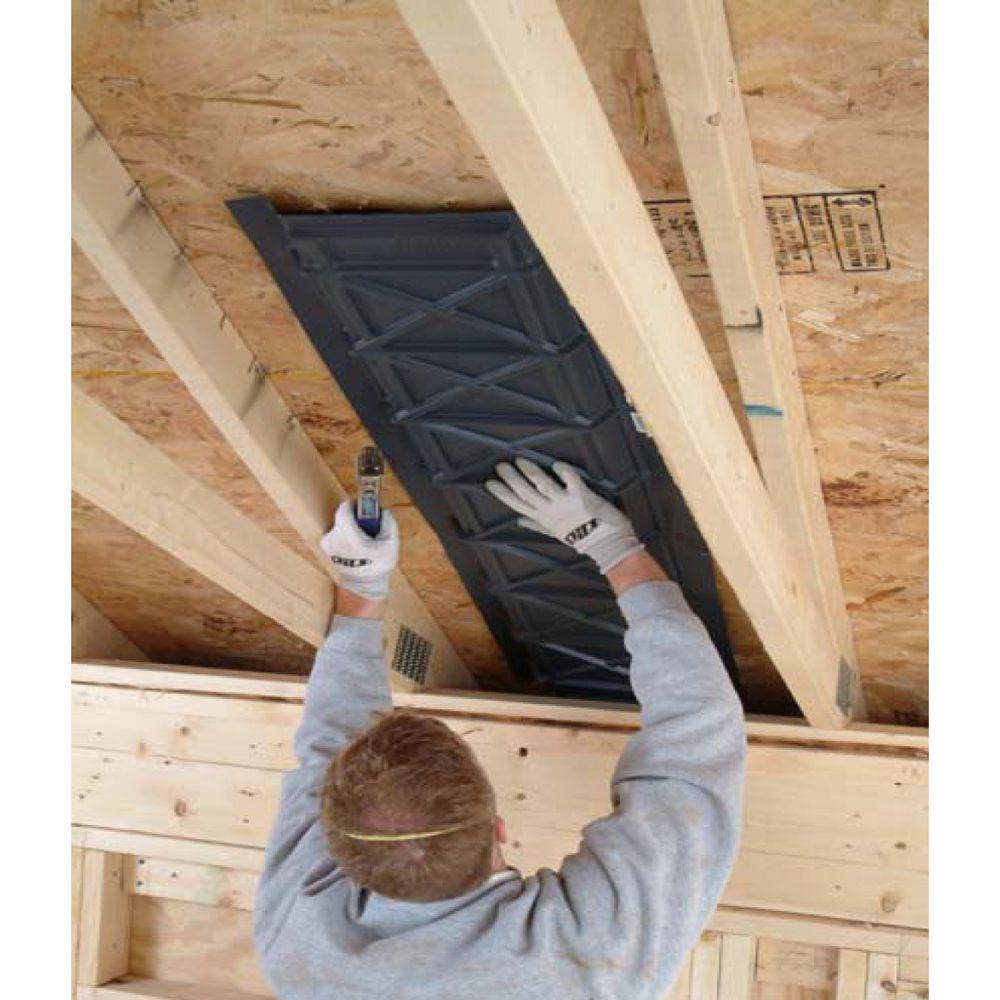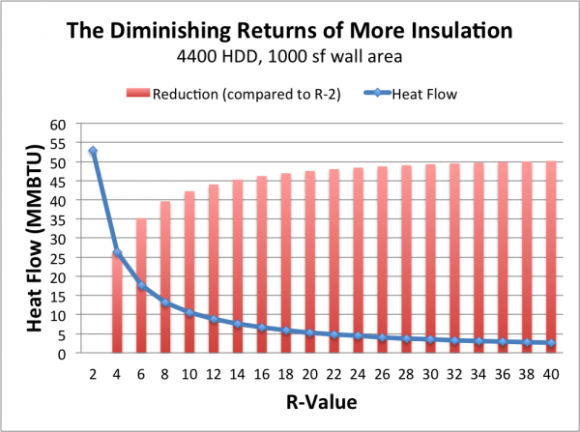- Joined
- Nov 27, 2014
- Messages
- 9,203
I guess I could put this under FIRE and Money, but it is only partially about the money. Background: I need attic insulation. I live in Michigan in a 1950's ranch with virtually no insulation. I've had significant ice dams in the past unless I roof rake and even then, it just moves the dam up higher on the roof. Thankfully, no damage yet. I've lived here for three winters now and I have the rest of the attic cleaned up and new mechanicals that go in the attic (ductwork and electrical) so I'm ready to button it up.
I've got two quotes so far. They both are recommended from the gas utility and have good reviews. One is quoting a basic insulation job. Come in blow in cellulose and call it a day - $3,500. The other company is a much higher end company. They intend to clear everything (not the mechanicals) out of the attic, seal all air flow from the internal walls and such and then insulate. It falls under the category of do it right. Of course, that cost a lot more - more than double - $8,000.
Here's the twist. The second guy proposes something different for $9,500. Spray foam the underside of the roof and seal it that way. Completely clean out the attic of all old insulation (what little there is) and leave me with a clean attic. The reason this interests me is that it provides me with storage space and better access to the attic mechanicals in the future.
My base plan was to get everything buttoned up in the attic, have insulation installed and try to never set foot up there again. Try not to disturb the "envelop". The spray foam insulation creates a clean attic with about 1500 sq feet of storage space. Realistically, I would only use about 200 - 400 sq feet because I'm not going to drag anything up to the attic that weighs that much or that I use that often - think Christmas ornaments, pieces of luggage, some chairs . . . This is important because I live on a slab (no basement) and limited storage in the house. We use half the 2 car garage for this type of stuff now (with plenty of room to walk around). We don't really store much up there now because it's dirty and subject to drastic temperature differences between hot summer and cold winter. The space created would be comfortable year round (chilly in the winter, not too hot in the summer). Good enough for storage and even some electronics (say I wanted to put my router or a NAS up there type of electronics).
Frankly, I never thought this was an option and getting some good storage space for the extra $6K is a good deal. My 200 sq ft shed cost almost $10K. It also allows me to work up there when needed. I still want to run a few electrical lines and just the every now and then that you need to fix something (bathroom fan) it would be nice not to have to wade through 10+ inches of cellulose insulation.
So, would you do it? More important, what things might you consider as you weigh this? Note, money is not a concern other than I'm somewhat frugal and in my mind, this was a $3-$5K budget item before any quotes so it's a bit hard to swallow. Your input, as always, is very much appreciated.
I've got two quotes so far. They both are recommended from the gas utility and have good reviews. One is quoting a basic insulation job. Come in blow in cellulose and call it a day - $3,500. The other company is a much higher end company. They intend to clear everything (not the mechanicals) out of the attic, seal all air flow from the internal walls and such and then insulate. It falls under the category of do it right. Of course, that cost a lot more - more than double - $8,000.
Here's the twist. The second guy proposes something different for $9,500. Spray foam the underside of the roof and seal it that way. Completely clean out the attic of all old insulation (what little there is) and leave me with a clean attic. The reason this interests me is that it provides me with storage space and better access to the attic mechanicals in the future.
My base plan was to get everything buttoned up in the attic, have insulation installed and try to never set foot up there again. Try not to disturb the "envelop". The spray foam insulation creates a clean attic with about 1500 sq feet of storage space. Realistically, I would only use about 200 - 400 sq feet because I'm not going to drag anything up to the attic that weighs that much or that I use that often - think Christmas ornaments, pieces of luggage, some chairs . . . This is important because I live on a slab (no basement) and limited storage in the house. We use half the 2 car garage for this type of stuff now (with plenty of room to walk around). We don't really store much up there now because it's dirty and subject to drastic temperature differences between hot summer and cold winter. The space created would be comfortable year round (chilly in the winter, not too hot in the summer). Good enough for storage and even some electronics (say I wanted to put my router or a NAS up there type of electronics).
Frankly, I never thought this was an option and getting some good storage space for the extra $6K is a good deal. My 200 sq ft shed cost almost $10K. It also allows me to work up there when needed. I still want to run a few electrical lines and just the every now and then that you need to fix something (bathroom fan) it would be nice not to have to wade through 10+ inches of cellulose insulation.
So, would you do it? More important, what things might you consider as you weigh this? Note, money is not a concern other than I'm somewhat frugal and in my mind, this was a $3-$5K budget item before any quotes so it's a bit hard to swallow. Your input, as always, is very much appreciated.


